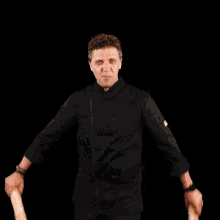It is an emerging term, one that arises from a grassroots movement that uses new digital tools to help ordinary people to tell their own 'true stories' in a compelling and emotionally-engaging form. These stories usually takes the form of a relatively short story (less than 8 minutes) and can involve interactivity.
The term can also be a broader journalistic reference to the variety of emergent new forms of digital narratives (web-based stories, interactive stories, hypertexts, and narrative computer games).
As an emerging area of creative work, the definition of digital storytelling is still the subject of much debate.
The broad definition has been used by innumerable artists and producers to link their practices with traditions of oral storytelling and often to delineate work from the highly produced commercial or conceptual projects by focusing on authorship and humanistic or emotionally provocative content.
Typically, digital stories are produced in intensive workshops. The product is a 2-5 minute film that combines a narrated piece of personal writing, photographic images and a musical soundtrack. The philosophy behind this type of digital storytelling is one of using technology to enable those without a technical background to produce works that tell a story using moving images and sound.













































